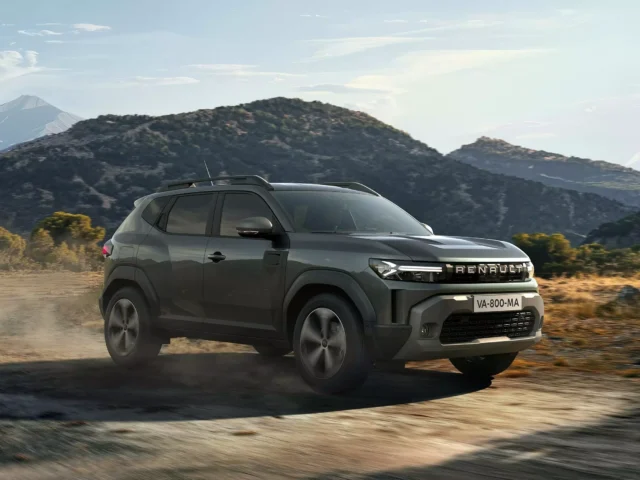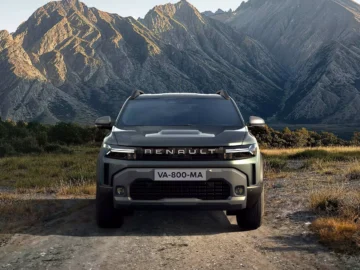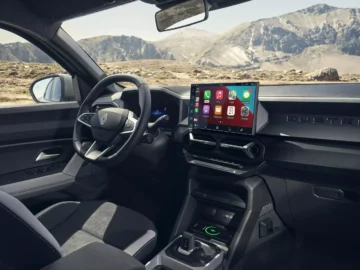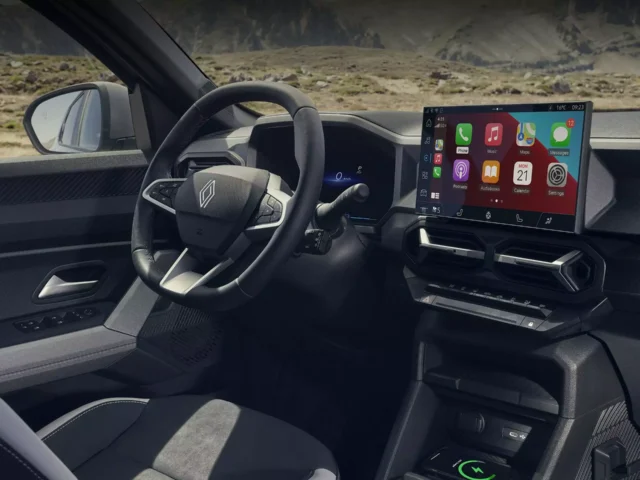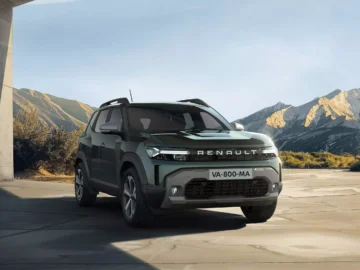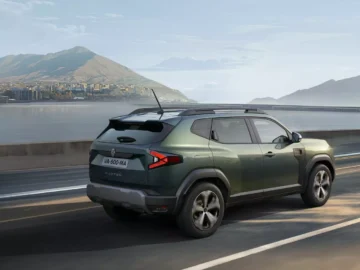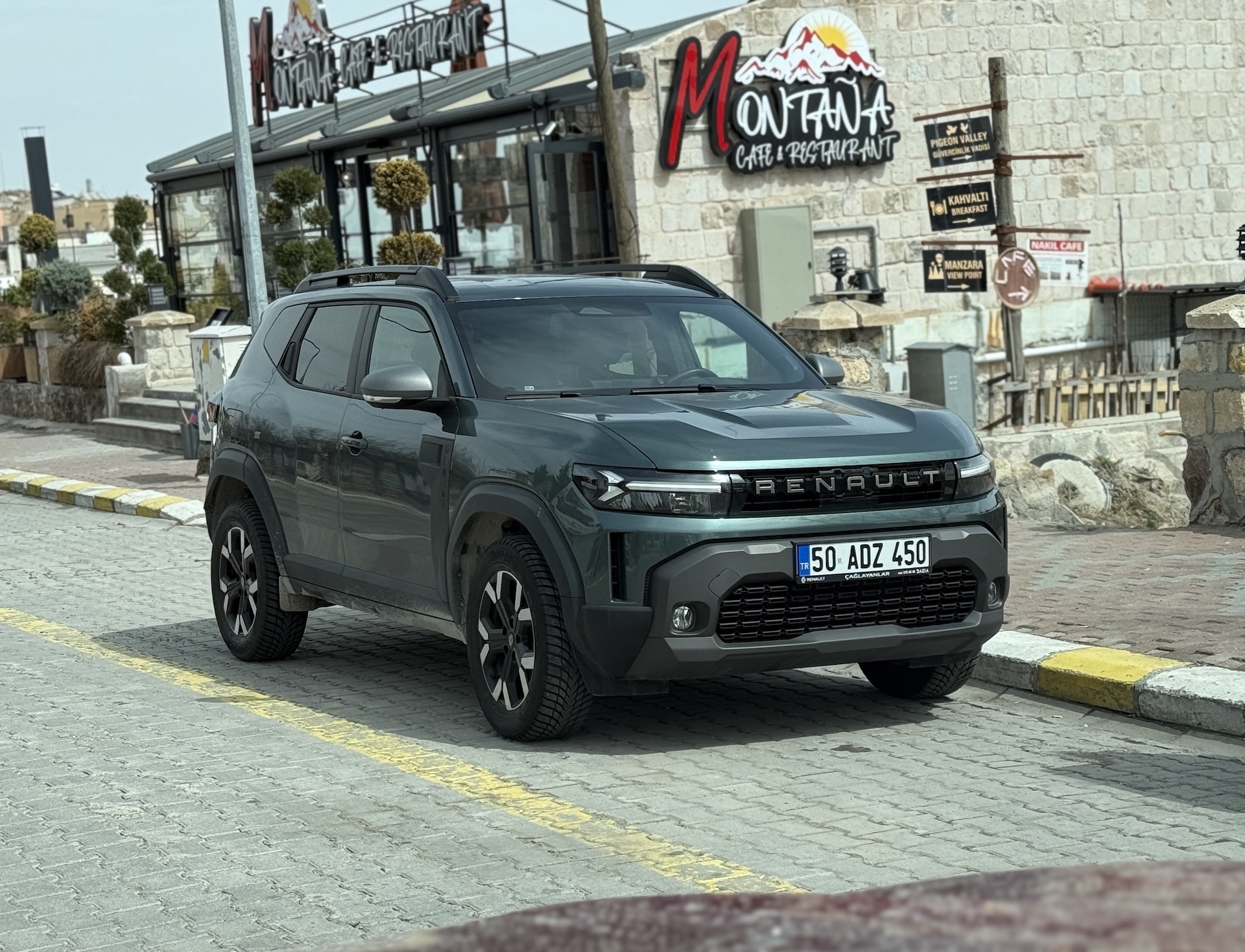Spotted: Renault Duster, is that right?
One model, two brand names
The Duster has been a success story within the Renault Group for many years. Since its introduction in 2010, Dacia has sold more than 2 million units of the Duster worldwide. But remarkably: in countries such as Turkey, India, Egypt, Mexico and large parts of South America, this SUV drives around as the Renault Duster – with the familiar Renault logo on the nose and tailgate. The grille and badge on the steering wheel have also been modified.
Why not a Dacia?
The reason lies with brand positioning and customer perception. In many Western countries, Dacia has developed in recent years into a fully-fledged brand with a clear identity: robust, affordable and down-to-earth. But in other markets, Dacia is much less known or even completely absent as a brand in the dealer network.
Moreover, Renault does have a strong reputation in those countries, often as a reliable mainstream manufacturer. By selling the model under the Renault name, the French benefit from both brand recognition and the trust of local consumers.
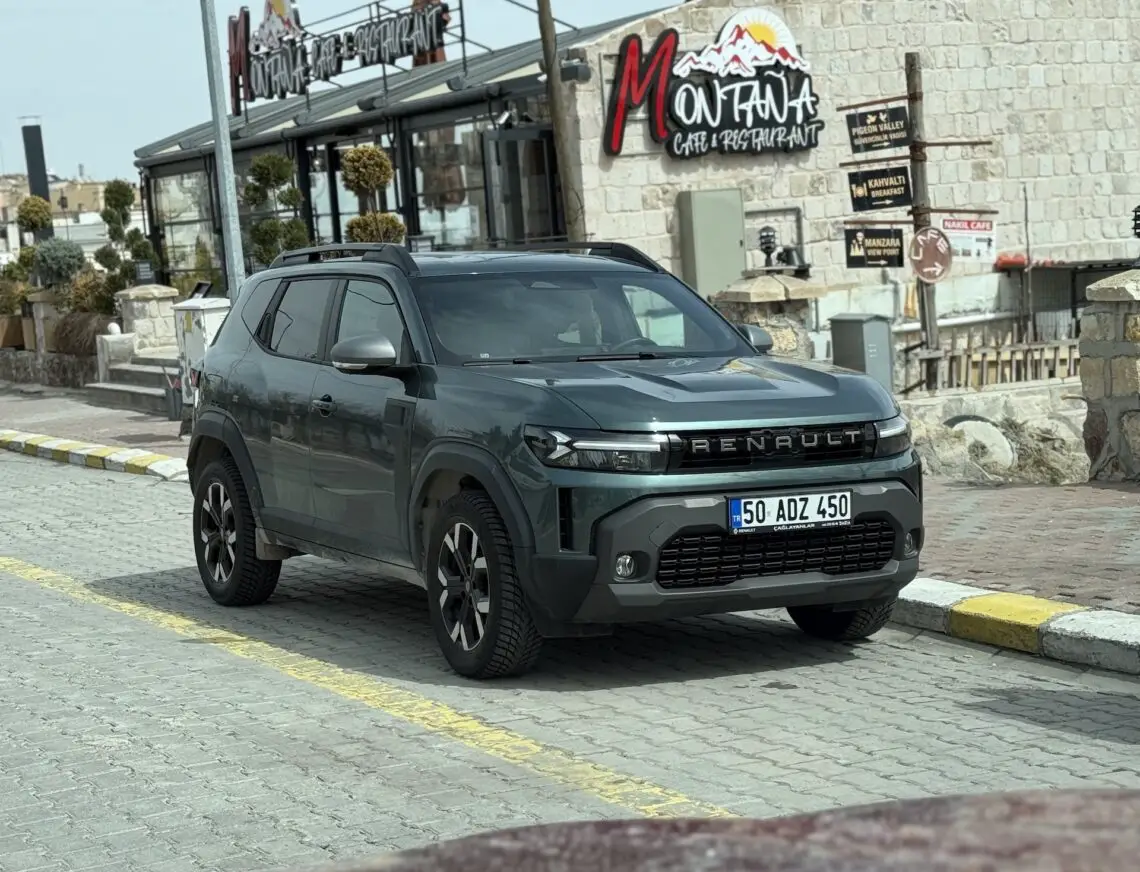
Local production
Another important point: many of these Renault Dusters are produced locally, for example in Brazil, India or Turkey. There, they fall under the Renault offer, which is often tailored to the local market and production capacity. So the Duster is integrated into the Renault range, alongside models like the Renault Captur and Renault Mégane Sedan – which you won’t find in every country either.
Differences from the European Dacia Duster
The basic model remains the same, but the Renault Duster sometimes gets slightly different equipment, modified bumpers, or even a different grille or light design. In India and South America, for example, there was even a four-speed automatic transmission or CVT on front-wheel-drive versions, or a 1.3 TCe engine with more power than in Europe. The dashboard design may also differ from market to market.
Is this confusing?
For car enthusiasts, coming across “your” Dacia as Renault may take some getting used to. But for Renault, it is a conscious choice: to make the most of a model within its global network. For the customer there, the Renault Duster is simply a Renault – and as long as the offer fits what the market demands, that works just fine.
New generation: what happens next?
The third-generation Duster, unveiled in 2024, was again developed by Dacia. But even this model is sold as a Renault Duster in other countries. Indeed, in some countries there is even talk of a Renault Bigster as the Duster’s bigger brother, again a Dacia design with Renault badge.
It’s a strategy we see more often in the automotive world: platform and model sharing with adapted brand names by region. Consider also Toyota, which sells certain models as Daihatsu in some markets – or Nissan, which released models under the Datsun brand in some regions.
Adapted to market conditions
So the Renault Duster in Turkey is not a copy, but simply the same car we know as Dacia Duster – cleverly adapted to the market situation. Renault is using its brand power to extend the reach of the Renault Group in certain countries, without having to explain the brand value of Dacia. And it’s working. Worldwide, the Duster remains one of the Renault Group’s most popular SUVs, whether it wears a Dacia logo or a Renault logo.
